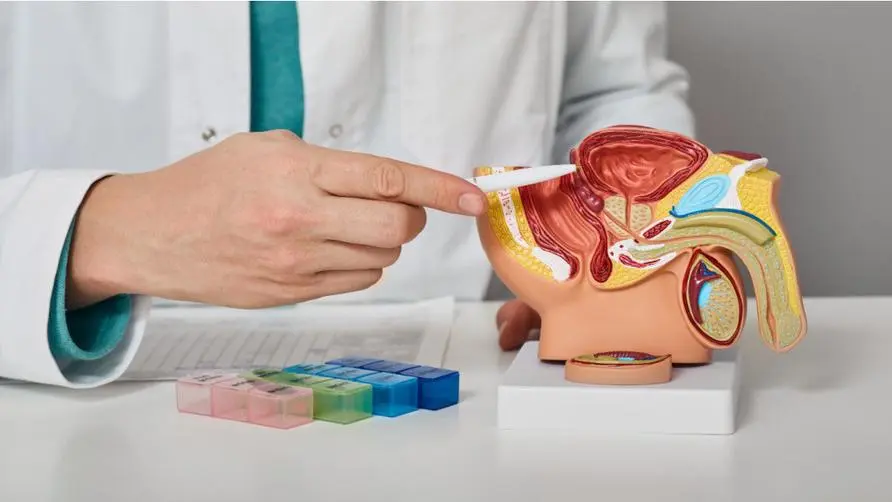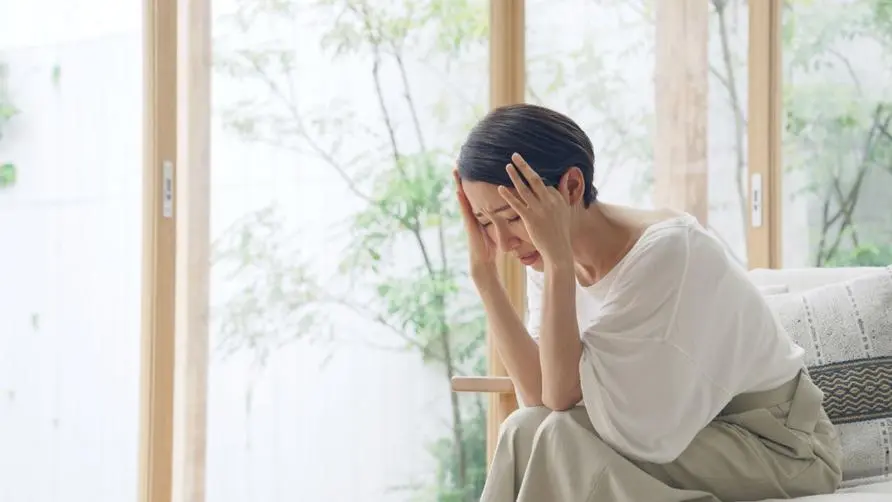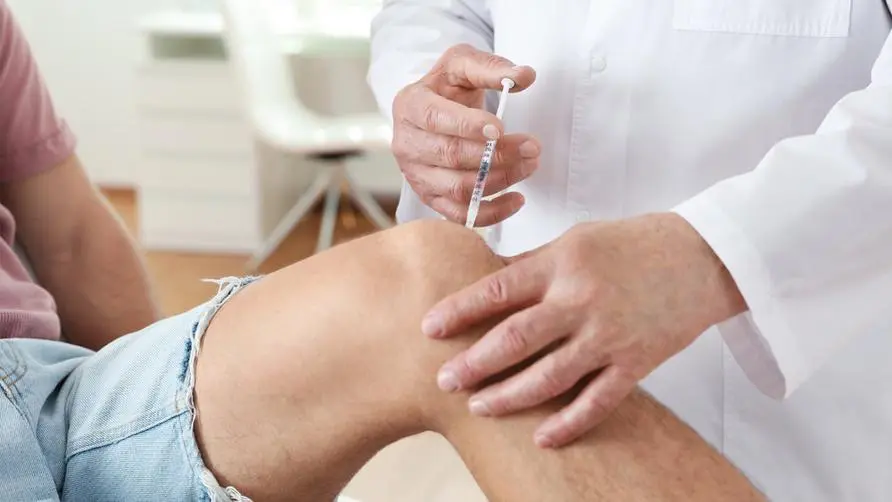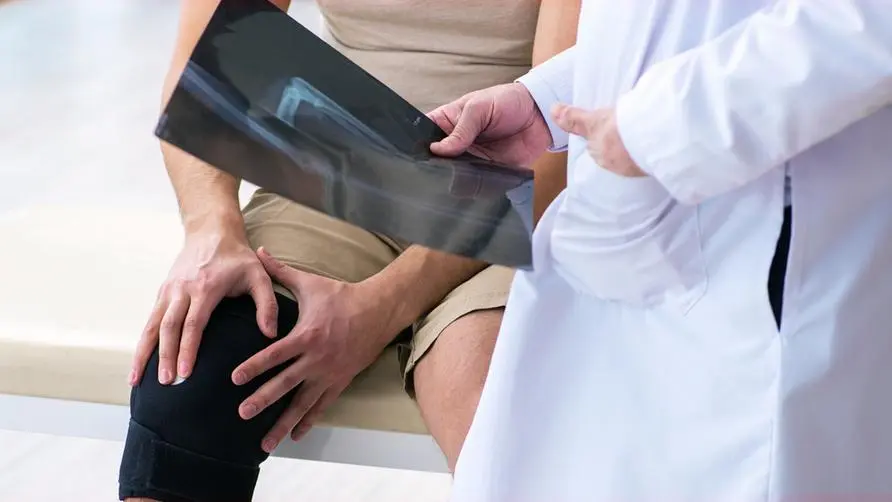Not a stiff neck! Is the neck pain that won't go away turned out to be an attack of "torticollis"? Medical exposure: 1 Treatment can help significantly reduce pain
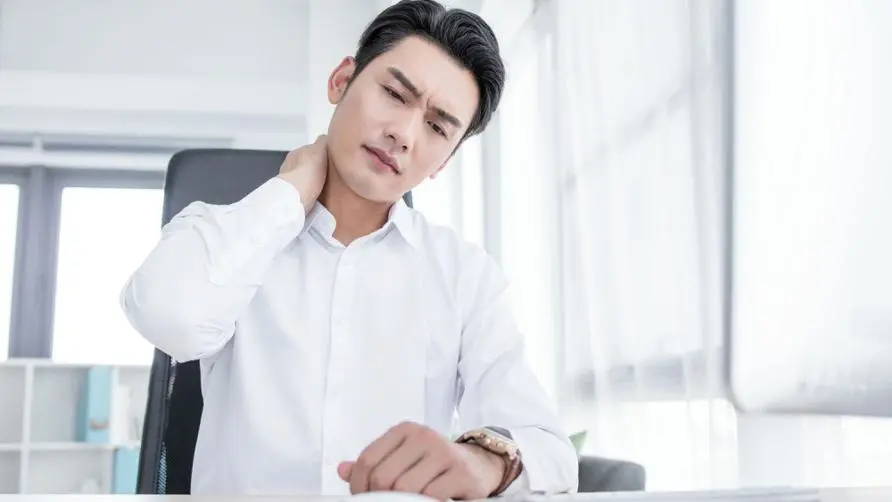
If your neck hurts when you turn your neck and you can only tilt your head, be careful because you have torticollis torticollis! Dr. Chen Zhiguang, director of the Taiwan Association of Neurological Rehabilitation Medicine, explained that torticollis usually occurs after the age of 40. In addition to the “crooked” neck, it is also accompanied by spasms, tremors, and moderate to severe pain, which hinders daily activities and affects emotions. , social skills are also seriously affected; even Golden Horse Award winner Lee Kang-sheng has suffered from it.
Is the neck pain that won’t go away turned out to be an attack of “torticollis”? Even Golden Horse actor Lee Kang-sheng suffered from it
Li Kangsheng was diagnosed with torticollis at the age of 20. Although his symptoms improved subsequently, the old disease recurred after a stroke at the age of 45. He has suffered from torticollis for 10 years. Not only has he had difficulty eating and riding, he even has difficulty walking. He is used to holding his head with his hands, hoping to correct his neck distortion. He was also deeply affected by torticollis during filming, and even suffered from depression as a result. Fortunately, after active rehabilitation and Botox treatment in recent years, the symptoms have improved and my neck is no longer as tight and painful as before.
Professor Wu Yiru, deputy director of the Department of Neurology at Chang Gung Memorial Hospital in Linkou, pointed out that early treatment can prevent symptoms from worsening to disability, and injection of botulinum toxin can correct neck distortion and significantly reduce pain. Director Wang Yiqian of the Beyond Rehabilitation Clinic added that medication combined with rehabilitation can prolong the treatment effect. People with suspected torticollis problems are encouraged to go to neurology and rehabilitation departments for differential diagnosis and treatment as soon as possible to avoid a major compromise in their quality of life.
It takes an average of four years to get diagnosed! Women after the age of 40 should be more careful about the risk of torticollis
Dr. Chen Zhiguang pointed out that torticollis is a kind of dystonia. Dystonia is the third most common movement disorder disease after essential tremor and Parkinson’s disease. Torticollis is caused by a disease in the neck. Muscle contracture causes the patient’s neck to tilt and the head to move in a specific direction. Most cases are idiopathic and have no known cause. However, research shows that patients usually develop the disease after the age of 40, and the rate of torticollis in women is twice as high as that of men.
However, many patients often think that it is just a stiff neck or bad posture and ignore it at first. Instead, they delay medical treatment or are misdiagnosed. According to statistics, it takes an average of 4-6 years for patients with torticollis from onset to diagnosis. During this period, symptoms may It’s getting more serious and affects your life!
Dr. Chen Zhiguang further explained that a crooked neck that cannot be rotated at will may affect vision and balance. For example, the ability to accurately grasp the distance from objects and the tendency to fall when walking are common. Some patients are reluctant to go out and interact with others because they are worried about the eyes of others. People’s social interactions and daily activities are hindered. Therefore, Dr. Chen Zhiguang reminds that once you find that you have neck distortion, pain or trembling, you should seek medical examination as soon as possible to rule out acquired diseases or other influencing factors. After confirming the diagnosis of torticollis, it is also recommended to receive correct treatment as soon as possible.
Torticollis patients are trapped in a vicious cycle of “pain and anxiety”. Doctors reveal: 1 Treatment can help significantly reduce pain
Professor Wu Yiru, deputy director of the Department of Neurology at Chang Gung Memorial Hospital in Linkou, pointed out that torticollis is usually accompanied by spasms, tremors, and twitching, and when severe, it can cause moderate to severe pain and discomfort. Patients who suffer from the disease are prone to develop psychological diseases. Foreign studies have shown that It has been shown that up to half of patients with torticollis suffer from depression or anxiety. However, anxiety, fatigue, and excessive stress can worsen torticollis, forming a vicious cycle.
Since torticollis has not yet been cured, most current treatments focus on relieving symptoms. Professor Wu Yiru explained that there are currently many drug options for torticollis. Although oral muscle relaxants have a soothing effect, they are difficult to adjust the dosage because they affect the whole body. Causes side effects such as general weakness, Botulinum toxin can directly act on the junction of nerves and muscles, precisely relaxing the affected neck muscles.
Clinical studies show that significant improvement can usually be seen 6 weeks after botulinum toxin injection. It can correct the tilted position of the head and greatly reduce the patient’s pain. Now health insurance has conditional payment, and patients are encouraged to discuss the most suitable solution with their doctor. Treatment Plan.
Parallel drug + rehabilitation treatment lasts longer. Golden Horse Award winner Li Kangsheng shares his experience in fighting disease
Golden Horse actor Lee Kang-sheng, who once suffered from torticollis, shared that he had sought help from at least 50 doctors and tried various Chinese and Western medicines and even folk remedies, but he still could not relieve the tightness and pain in his neck until he sought help. Dr. Wang Yixian, the director of the Beyond Rehabilitation Clinic, finally felt her symptoms improved significantly after trying Botox injections.
Dean Wang Yixian shared that many patients with torticollis will try acupuncture, cupping, massage or folk therapies on their own when they cannot find the cause at first, but the results are not effective. Patients with suspected symptoms are encouraged to go to the rehabilitation department, or Consult the neurology department for differential diagnosis. After confirming torticollis, it is recommended that drugs and rehabilitation methods be used at the same time to maximize the treatment effect.
Further reading:
